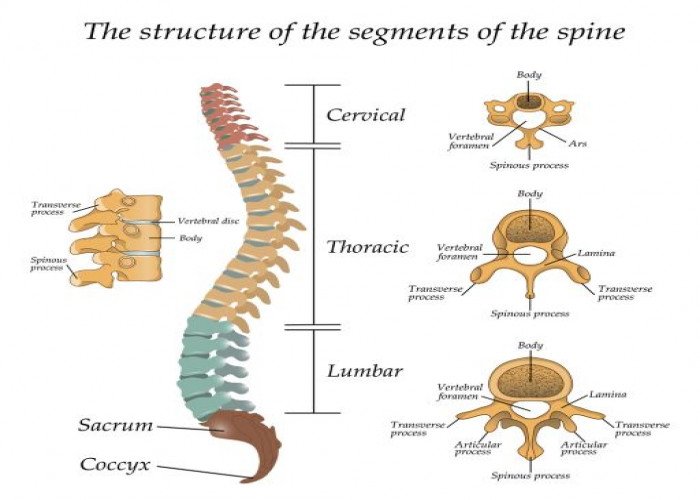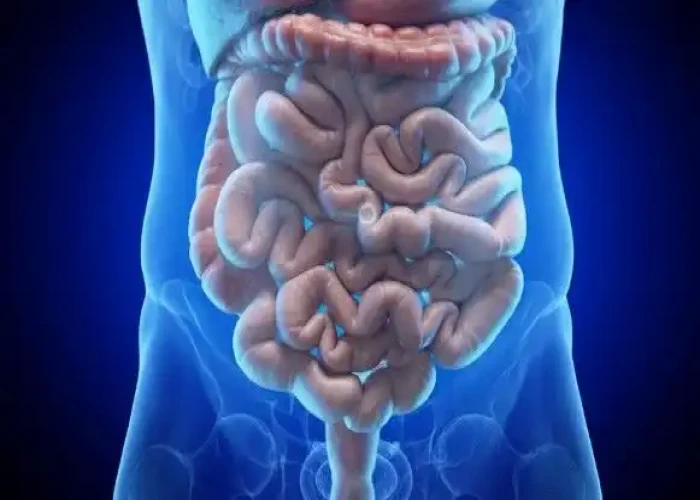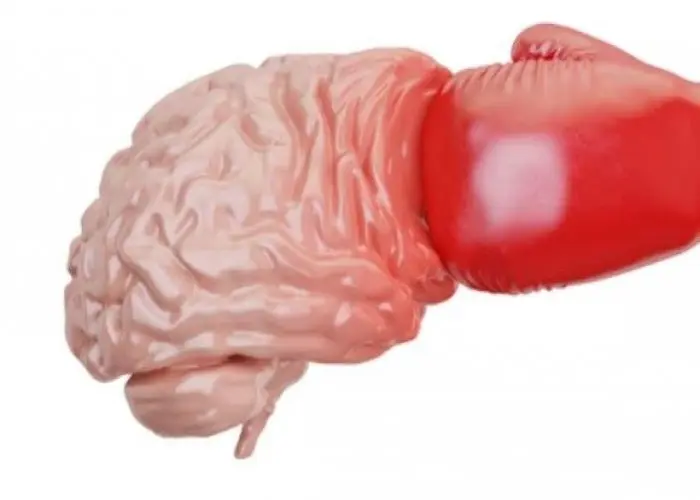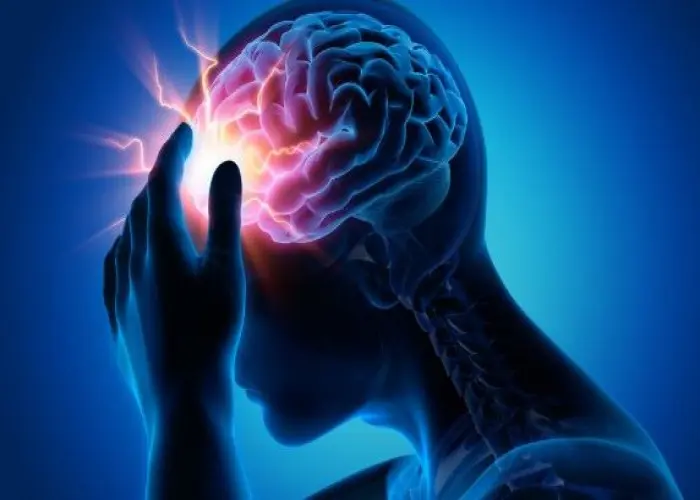 Welcome
Welcome
“May all be happy, may all be healed, may all be at peace and may no one ever suffer."
- A
- B
- C
- D
- E
- F
- G
- H
- I
- J
- K
- L
- M
- N
- O
- P
- Q
- R
- S
- T
- U
- V
- W
- X
- Y
- Z
Head - Diseases
The head is the part of the body that contains the brain, the eyes, the ears, the nose, the mouth, and other important sensory organs. It is located at the top of the body, above the neck and shoulders, and is connected to the rest of the body by the cervical spine.
The brain is the most important organ in the head and controls all of the body's functions, including movement, sensation, thought, and emotion. It is protected by the skull, which is a bony structure that surrounds and supports the brain.
The eyes are responsible for vision and allow us to see the world around us. They are located in sockets in the skull and are protected by the eyelids and eyelashes.
The ears are responsible for hearing and balance and are located on either side of the head. The outer ear collects sound waves and directs them into the ear canal, which leads to the eardrum and the middle ear. The inner ear contains the cochlea and the vestibular system, which are responsible for hearing and balance, respectively.
The nose is responsible for the sense of smell and is also involved in breathing. It is located in the center of the face and contains the nasal cavity, which is lined with mucous membranes and cilia that help to filter and humidify the air we breathe.
The mouth contains the teeth, tongue, and other structures involved in chewing, swallowing, and speaking. It also plays a role in the sense of taste, which is detected by the taste buds located on the tongue and in other parts of the mouth.
Overall, the head is a complex and important part of the body that contains many vital organs and structures that are necessary for survival and everyday function.

Ascending colon intestine

Urethra

Spine

Esophagus

Semicircular canals Inner ear

Back

Cecum intestine

Tonsils
Head, মাথা
To be happy, beautiful, healthy, wealthy, hale and long-lived stay with DM3S.

















